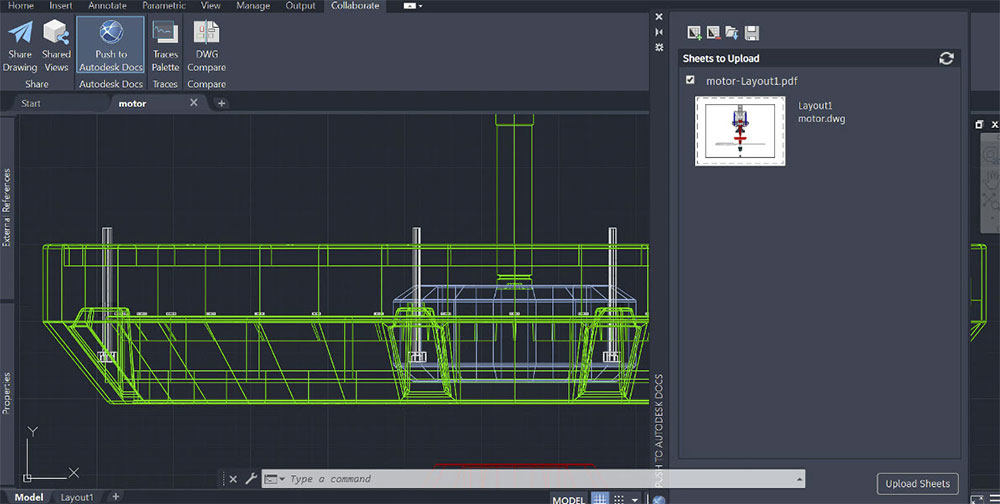Course Outline
Introduction to Design Verification
- Understanding the importance of design verification
- Design verification objectives and benefits
- The role of design verification in product development
- Basic concepts and terminology
Design Verification Process
- The step-by-step process of conducting design verification
- Developing a design verification plan (DVP)
- Identifying design requirements and performance criteria
- Selecting appropriate verification methods and techniques
Design Verification Methods
- Overview of various design verification methods
- Analytical methods: calculations, simulations, and modeling
- Inspection and testing methods: functional, environmental, and reliability tests
- Comparative methods: benchmarking and competitive analysis
Design Validation Process
- Understanding the difference between verification and validation
- The step-by-step process of conducting design validation
- Developing a design validation plan (DVP)
- Identifying customer needs and intended use conditions
Design Validation Methods
- Overview of various design validation methods
- Functional and performance testing under real-world conditions
- Customer and user testing: usability, ergonomics, and satisfaction
- Regulatory and compliance testing: safety, emissions, and standards
Design Verification and Validation Documentation
- Creating comprehensive design verification and validation reports
- Communicating results to stakeholders
- Using design verification and validation findings for continuous improvement
- Ensuring compliance with industry standards and regulations
Learning Outcomes
Upon successful completion of the Design Verification course by NPDD House, participants will be able to:
- Understand the importance of Design Verification in ensuring product quality and compliance.
- Identify and establish clear and measurable verification requirements.
- Develop effective verification plans and strategies.
- Execute and document verification activities using appropriate methods and tools.
- Evaluate and interpret verification results accurately.
- Collaborate effectively with cross-functional teams to ensure successful Design Verification.
- Enhance overall product quality and reliability through robust Design Verification practices.
Course Delivery Format
The Design Verification course by NPDD House is delivered through a combination of interactive lectures, practical exercises, case studies, and group discussions. This blended learning approach ensures that participants gain both theoretical knowledge and hands-on experience, enabling them to apply the concepts and techniques learned in real-world situations.
Instructor Profile
Our Design Verification course is led by an experienced instructor with extensive expertise in product design, development, and quality management. The instructor's industry experience and practical insights add significant value to the course, ensuring participants receive relevant, up-to-date information.
Who Should Attend?
The Design Verification course by NPDD House is suitable for professionals involved in product design, development, and quality assurance, including:
- Design Engineers
- Mechanical Engineers
- Quality Engineers
- Reliability Engineers
- Product Managers
- Project Managers
- Process Engineers

